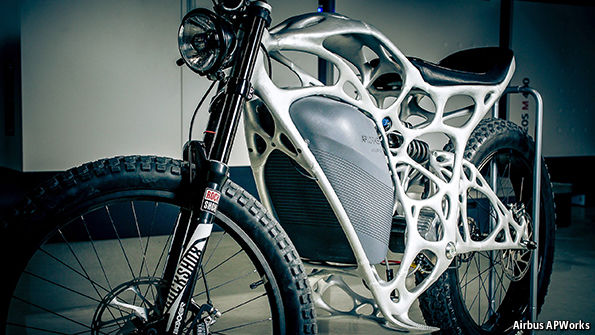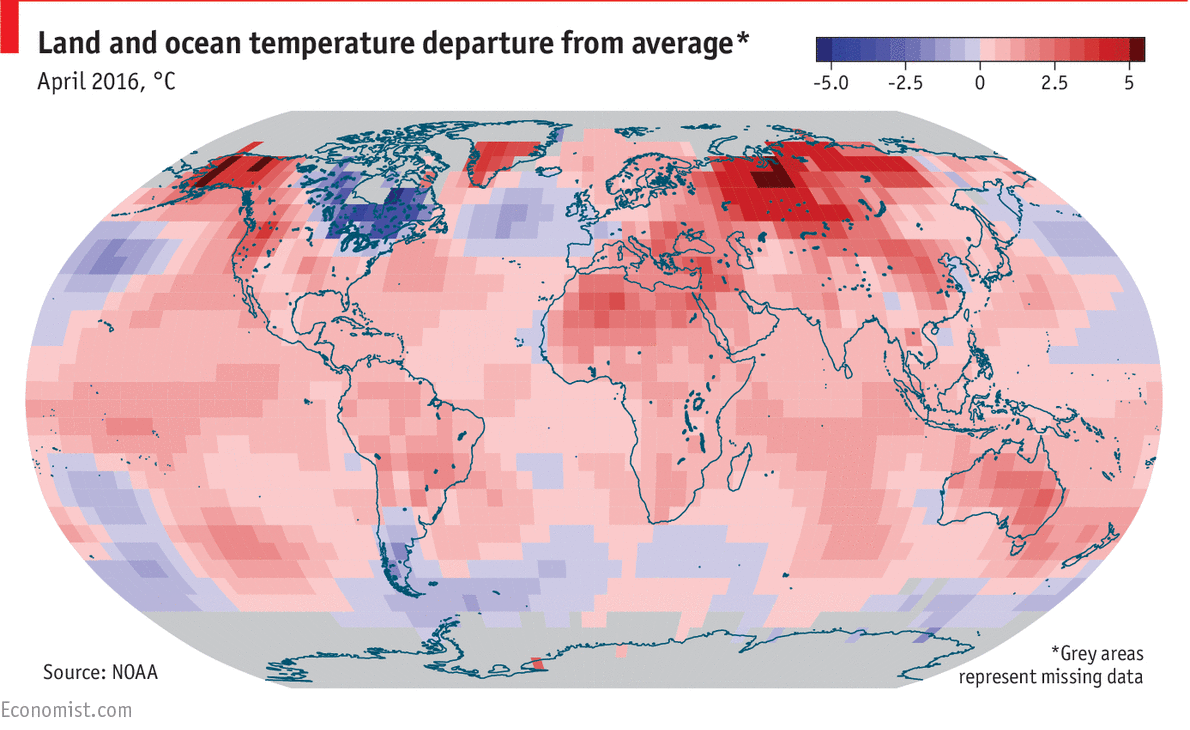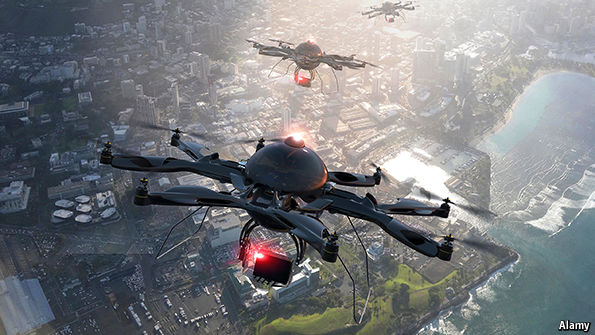Why upgrade to Windows 10?

TIME is running out for PC users who have delayed taking advantage of Microsoft’s free offer to upgrade their computers from Windows 7 or 8.1 to the latest all-singing-and-dancing version of the Redmond company’s operating system. Doughty souls who have stuck with Windows 8 will first have to upgrade to Windows 8.1 before being able to participate in the deal. However, come July 29th, anyone wishing to upgrade to Windows 10 will have to pay upwards of $119 for the privilege. To avoid the expense, registered users of Windows 7 or 8.1 (Windows XP or Vista do not qualify) should download a free copy of Windows 10 from microsoftstore.com before the cut-off date. Alternatively, they can finally respond to the pop-up message that has been nagging recalcitrant users to do so for the better part of a year.
The question is, should they? As this column has argued before, upgrading any PC or tablet running Windows 8.1 to the latest version of Microsoft’s operating system is a no-brainer. Windows 10 is everything (and more) its ill-conceived predecessor should have been in the first place.
But that is not necessarily true for Windows 7. Over the years…Continue reading
Source: Economist












